23 Fairies and Spirits
Fairies and Spirits: Art, Poetry, and Related Texts
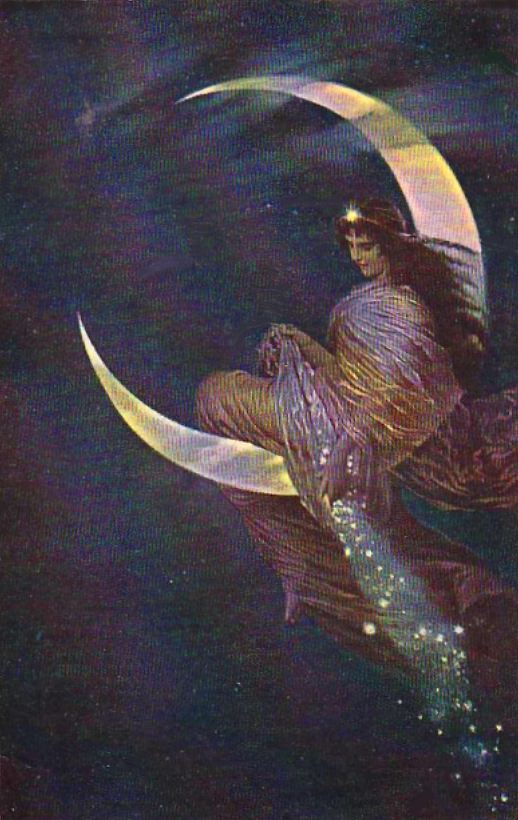
“Fairy Song” by Sir Walter Scott (1771-1832)
What I am I must not show—
What I am though couldst not know—
Something betwixt heaven and hell—
Something that neither stood nor fell
Something that through thy wit or will
May work thee good—may work thee ill.
Neither substance quite, nor shadow,
Haunting lonely moor and meadow.
Dancing by the haunted spring,
Riding on the whirwind’s wing:
[Aping] in fantastic fashion
Every change of human passion,
While o’er our frozen minds they pass,
Like shadows from the mirror’d glass,
Wayward, fickle, is our mood,
Hovering betwixt bad and good,
Happier than brief-dated man,
Living ten times o’er his span;
Far less happy, for we have
Help nor hope beyond the grave!
-Sir Walter Scott (1771-1832).
Courtesy Internet Archive
https://ia902803.us.archive.org/15/items/novelsandpoemss00scotgoog/novelsandpoemss00scotgoog.pdf
Some Poems of Sir Walter Scott, Project Gutenberg link below. https://www.gutenberg.org/files/6061/6061-h/6061-h.htm
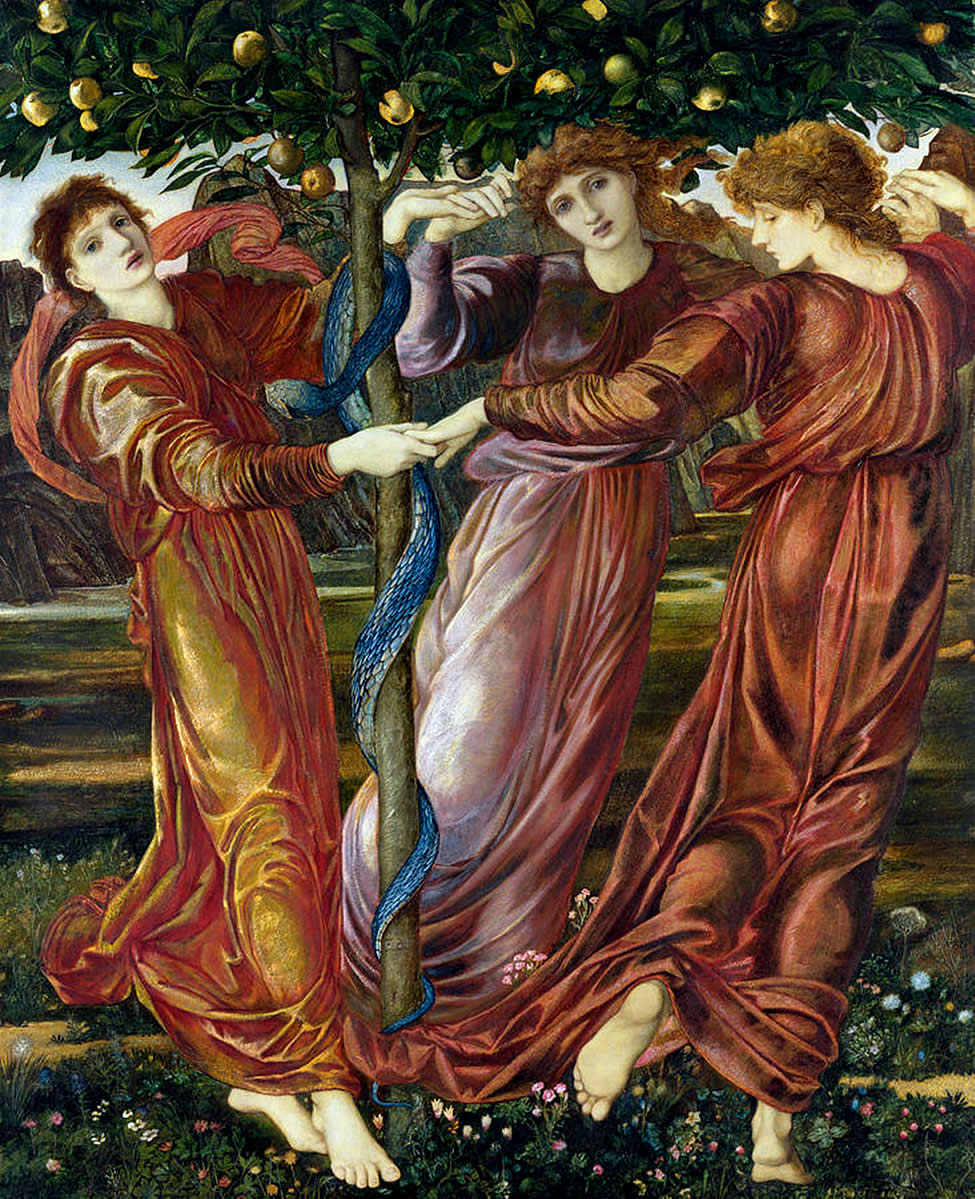
Song by John Milton (1606-1674)
Sabrina fair,
Listen where thou art sitting
Under the glassy, cool, translucent wave,
In twisted braids of lilies knitting
The loose train of thy amber-dropping hair ; Listen for dear honour’s sake.
Goddess of the silver lake,
Listen and save !
By the rushy-fring’d bank,
Where grows the willow and the osier dank,
My sliding chariot stays,
Thick set with agate, and the azurn sheen
Of turkis blue, and emerald green,
That in the channel strays : Whilst from off the waters fleet
Thus I set my printless feet
O’er the cowslip’s velvet head,
That bends not as I tread.
Gentle swain, at thy request
I am here!
John Milton
The Noon Call by William Allington
Hear the call
!
Fays, be still ! Noon is deep
On vale and hill. Stir no sound
The Forest round ! Let all things hush
That fly or creep,
—
Tree and bush,
Air and ground ! Hear the call
!
Silence keep ! One and all Hush and sleep ! William Allingham (p. 118, in D. Owen (1920) Book of Fairy Poems illustrated by Warwick Goble. Longmans, Green, & Co.).
Retrieved from D. Owen (1920) Book of Fairy Poems (illustrated by Warwick Goble), p. 113. Longmans, Green, & Co. 1920.
Internet Archive eBook: https://ia902601.us.archive.org/24/items/bookoffairypoetr00owen/bookoffairypoetr00owen.pdf
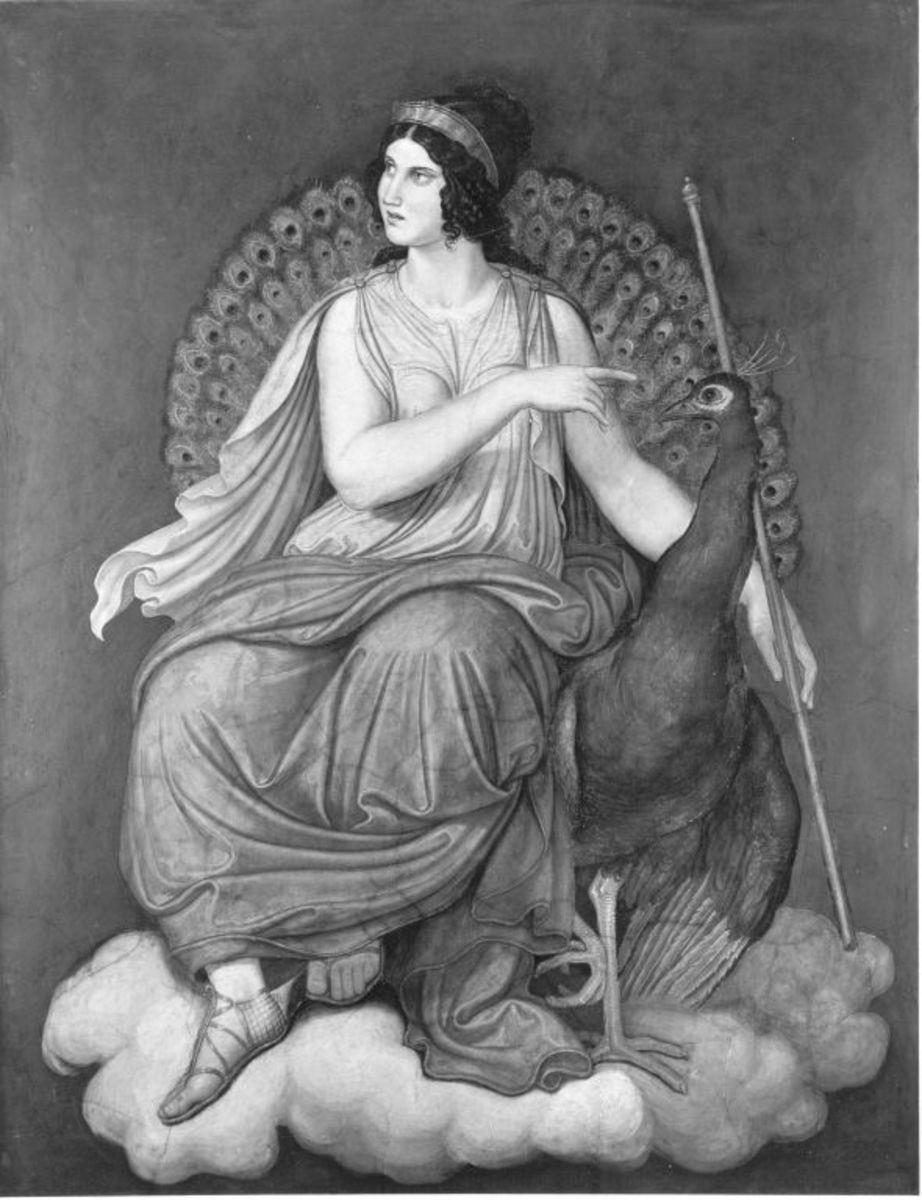
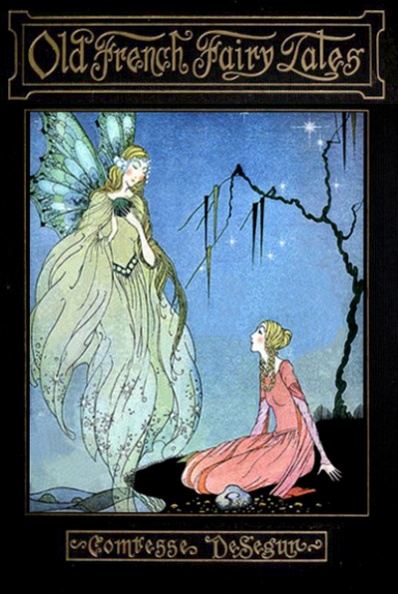
Creative Brilliance: The Art Work of Virginia Frances Sterrett (1900-1931)
Virginia Frances Sterrett was born in Chicago in 1900. Her father died when she was very young, and her mother moved with Virginia and her sister to live with their extended family. Demonstrating an early talent for art, she entered and won prizes in drawing competitions at the Kansas State Fair Exhibition. Her course in life as an illustrator was set, and as a teenager she began to work for various advertising agencies. A bout of tuberculosis left her in a state of permanently poor health. Her talent for fantasy art caught the attention of publishing houses, and at the age of 19 she completed her first book illustration commission for the volume “Old French Fairy Tales”. The same publishing company, Penn, immediately employed her again to illustrate “Tanglewood Tales”. By 1923, her illness had become so severe that it was necessary to enter a sanitorium as a long-term patient. The Penn Publishing Company again commissioned her for a new edition of Arabian Nights. As before, this was a large commission: 16 colour illustrations, 20 in black ink, a coloured picture for the front cover and further drawings for the inside cover. Her failing vitality hindered the progress of the pieces and there were limited hours in which she could work, which meant that the project took three years to complete. After some exhibitions, Penn signed her to create artwork for “Myths and Legends”. Sadly this assignment was never completed; Ms. Sterrett died after a relapse of her tuberculosis in the summer of 1931.” (Retrieved March 27, 2023 https://commons.wikimedia.org/wiki/Category:Old_French_Fairy_Tales_(Virginia_Sterrett,_1920)#/media/File:Old-french-fairy-tales-1_003.jpg ).
|
|
|
|
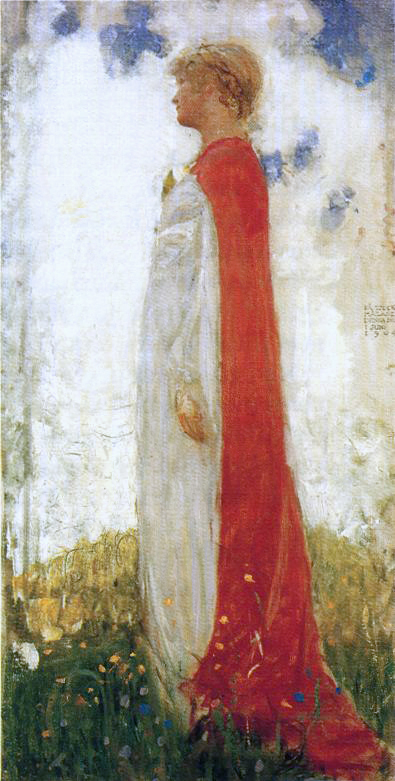
Fairies in Art, Poetry, and Selected Verse
“Song” by John Milton (1608-1674)
We, that are of purer fire,
Imitate the starry quire,
Who, in their nightly watchful spheres,
Lead in swift round the months and years.
The sounds and seas, with all their finny drove,
Now to the moon in wavering morrice move;
And on the tawny sands and shelves
Trip the pert fairies and the dapper elves,
By dimpled brook and fountain brim
The wood nymphs decked with daisies trim,
Their merry wakes and pastimes keep:
What hath night to do with sleep?
Courtesy Internet Archive: The Collected Poems of John Milton
https://ia600208.us.archive.org/21/items/completepoemsjo00miltgoog/completepoemsjo00miltgoog.pdf
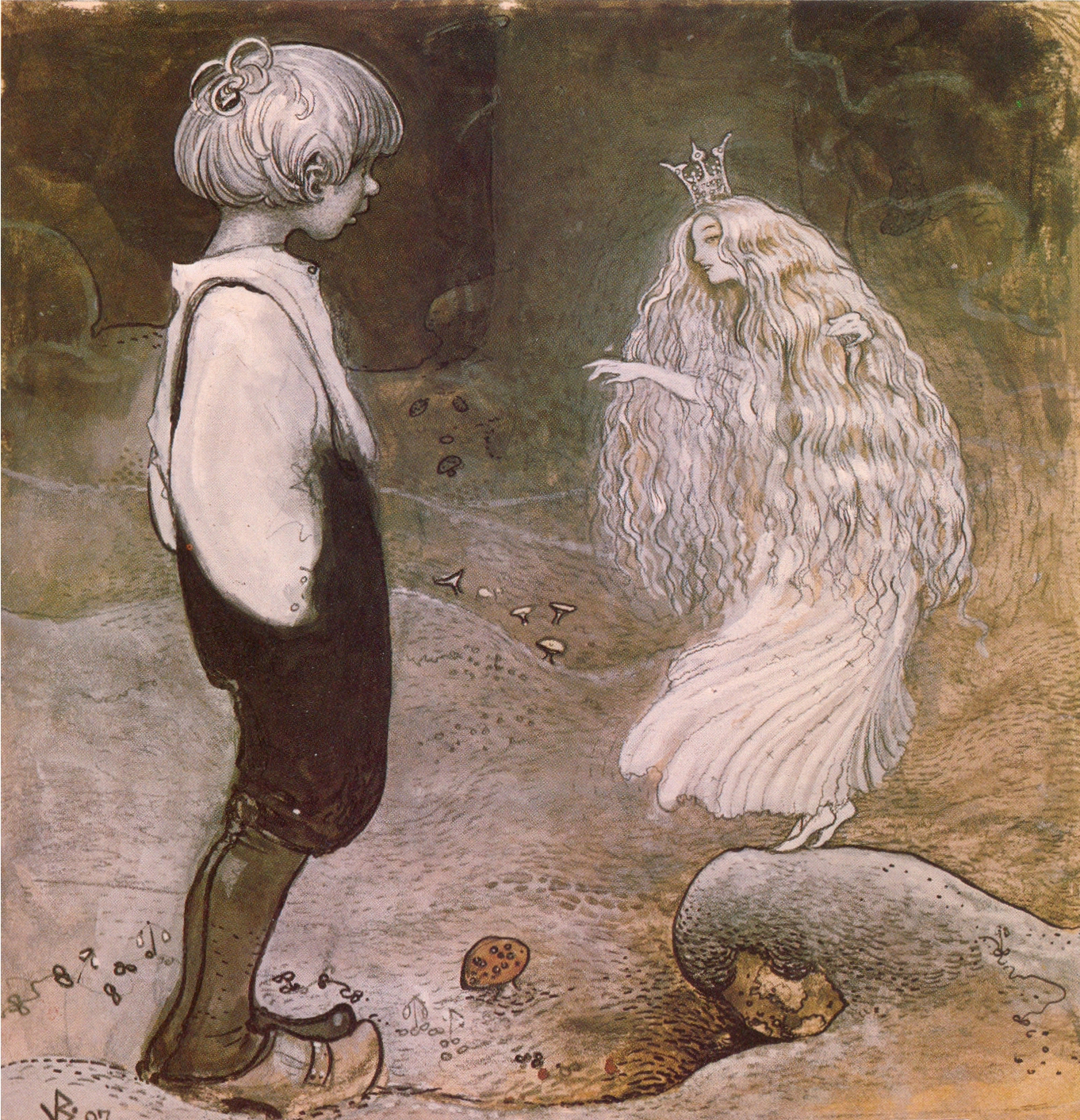
“https://commons.wikimedia.org/wiki/File:I_samma_%C3%B6gonblick_var_hon_f%C3%B6rvandlad_till_en_undersk%C3%B6n_liten_%C3%A4lva-2.jpg” by Snaevar is licensed under CC0 by 1.0.
Poems from Dora Owens: The Book of Fairy Poems (Illustrated by Warwick Goble), Longmans, Green, & Co. 1920.
The Fairy Queen
Come, follow, follow me,
You, fairy elves that be : Which circle on the green,
Come follow Mab your queen…..
Hand in hand let’s dance around.
For this place is fairy ground….
The Elves’ Dance
Round about in a fair ring-a.
Thus we dance and thus we sing-a
Trip and go, to and fro,
Over this green-a ; All about, in and out,
Over this green-a.
The Urchins’ Dance
By the moon we sport and play,
With the night begins our day : As we frisk the dew doth fall;
Trip it, little urchins all!
Lightly as the little bee,
Two by two, and three by three : And about go we, and about go we !
Poems from Dora Owens: The Book of Fairy Poems (Illustrated by Warwick Goble), Longmans, Green, & Co. 1920.Internet Archive eBook: https://archive.org/details/bookoffairypoetr00owen/page/n3/mode/2up. Courtesy: New York Public Library.
Prospero’s Speech from The Tempest (Act V, scene i) In his monologue, Prospero addresses the elves, sprites, and spirits that inhabit the enchanted island
“Ye elves of hills, brooks, standing lakes and groves,
And ye that on the sands with printless foot
Do chase the ebbing Neptune and do fly him
When he comes back; you demi-puppets that
By moonshine do the green sour ringlets make,
Whereof the ewe not bites, and you whose pastime
Is to make midnight mushrooms, that rejoice
To hear the solemn curfew; by whose aid,
Weak masters though ye be, I have bedimm’d
The noontide sun, call’d forth the mutinous winds,
And ‘twixt the green sea and the azured vault
Set roaring war: to the dread rattling thunder
Have I given fire and rifted Jove’s stout oak
With his own bolt; the strong-based promontory
Have I made shake and by the spurs pluck’d up
The pine and cedar: graves at my command
Have waked their sleepers, oped, and let ’em forth
By my so potent art. But this rough magic
I here abjure, and, when I have required
Some heavenly music, which even now I do,
To work mine end upon their senses that
This airy charm is for, I’ll break my staff,
Bury it certain fathoms in the earth,
And deeper than did ever plummet sound
I’ll drown my book.”- William Shakespeare (The Tempest, Act V, Scene i).
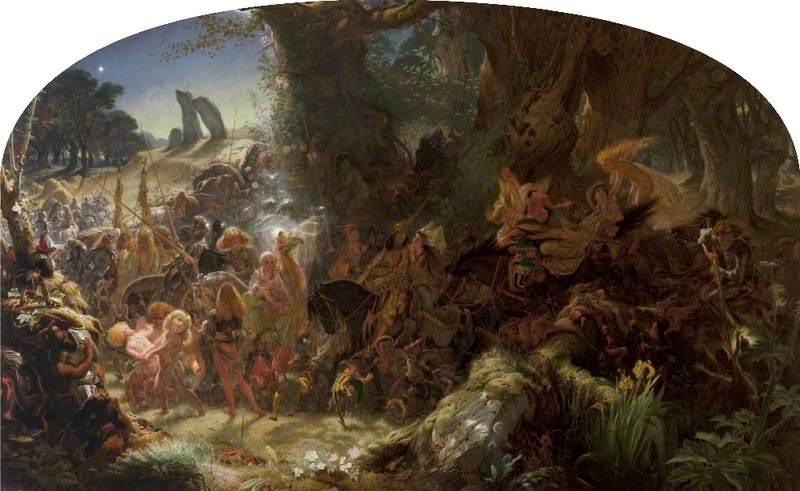
Kelvingrove Art Gallery and Museum (Glasgow, Scotland) Description of The Fairy Raid by Joseph Noel Paton:
“Set at twilight in a dark wood this scene is less innocent than it first appears. While the large fairies are the conventionally beautiful and aristocratic figures of medieval romance, their smaller attendants are the grotesque creatures more often associated with folklore. Other human children, identifiable by their size, wear slender chains around their ankles. One child in particular looks back at the human world he is leaving behind. A recent interpretation of the picture has suggested the theme of child abduction and reasoned that Paton was simultaneously enthralling his audience and increasing their anxiety about an issue which was all too common in Victorian society. Whether or not this was Paton’s intention, the picture is a remarkable tour de force. All is rendered with a breathtaking, meticulous attention to detail, the woodland scene bursting with imaginary fairies, knights in armour, fantastic creatures and lush flora and fauna. There are even standing stones on a hill in the distance, making a link with ancient Celtic beliefs in which the artist was so interested. Paton has thus brought together antiquarianism, folklore and chivalry in a typically mid-Victorian way.” (Kelvingrove Art Gallery and Museum, Glasgow, Scotland). Retrieved November 22, 2022 https://artuk.org/discover/artworks/the-fairy-raid-carrying-off-a-changeling-midsummer-eve-85610
Ariel’s Songs (from The Tempest by William Shakepeare).
Where the bee sucks,
there suck I ;
In a cowsUp’s bell I lie :
There I couch when owls do cry,
On the bat’s back I do fly
After summer merrily ; Merrily, merrily, shall I live now. Under the blossom that hangs on the bough.
Come unto these yellow sands
And then take hands : Court’sied when you have, and kiss’d,
(The wild waves whist)
Foot it f eatly here and there ; And, sweet sprites, the burden bear.
Hark, hark ! Bowgh, wowgh.
The watch-dogs bark : Bowgh, wowgh.
Hark, hark ! I hear
The strain of strutting chanticlere
Cry, cock-a-doodle-doo.
* * *
Full fathom five thy father lies ;
Of his bones are coral made ;
Those are pearls, that were his eyes ; Nothing of him that doth fade,
But doth suffer a sea-change
Into something rich and strange.
Sea-nymphs hourly ring his knell
:
Hark ! now I hear them,—ding-dong, bell. Ding-dong, bell. William Shakespeare.
(Source: Dora Owen’s (1920) Book of Fairy Poems illustrated by Warwick Goble). Longmans, Green, & Co.
Internet Archive eBook: https://ia802601.us.archive.org/24/items/bookoffairypoetr00owen/bookoffairypoetr00owen.pdf
Courtesy: New York Public Library.
“The Fairies” by William Allingham (1824-1889)
Up the airy mountain,
Down the rushy glen,
We daren’t go a-hunting
For fear of little men;
Wee folk, good folk,
Trooping all together;
Green jacket, red cap,
And white owl’s feather!
Down along the rocky shore
Some make their home,
They live on crispy pancakes
Of yellow tide-foam;
Some in the reeds
Of the black mountain lake,
With frogs for their watch-dogs,
All night awake.
High on the hill-top
The old King sits;
He is now so old and gray
He’s nigh lost his wits.
With a bridge of white mist
Columbkill he crosses,
On his stately journeys
From Slieveleague to Rosses;
Or going up with music
On cold starry nights
To sup with the Queen
Of the gay Northern Lights.
They stole little Bridget
For seven years long;
When she came down again
Her friends were all gone.
They took her lightly back,
Between the night and morrow,
They thought that she was fast asleep,
But she was dead with sorrow.
They have kept her ever since
Deep within the lake,
On a bed of flag-leaves,
Watching till she wake.
By the craggy hill-side,
Through the mosses bare,
They have planted thorn-trees
For pleasure here and there.
If any man so daring
As dig them up in spite,
He shall find their sharpest thorns
In his bed at night.
Up the airy mountain,
Down the rushy glen,
We daren’t go a-hunting
For fear of little men;
Wee folk, good folk,
Trooping all together;
Green jacket, red cap,
And white owl’s feather!
https://allpoetry.com/poem/8507361-The-Fairies-by-William-Allingham
Internet Archive:
https://archive.org/details/fairiespoem0000alli
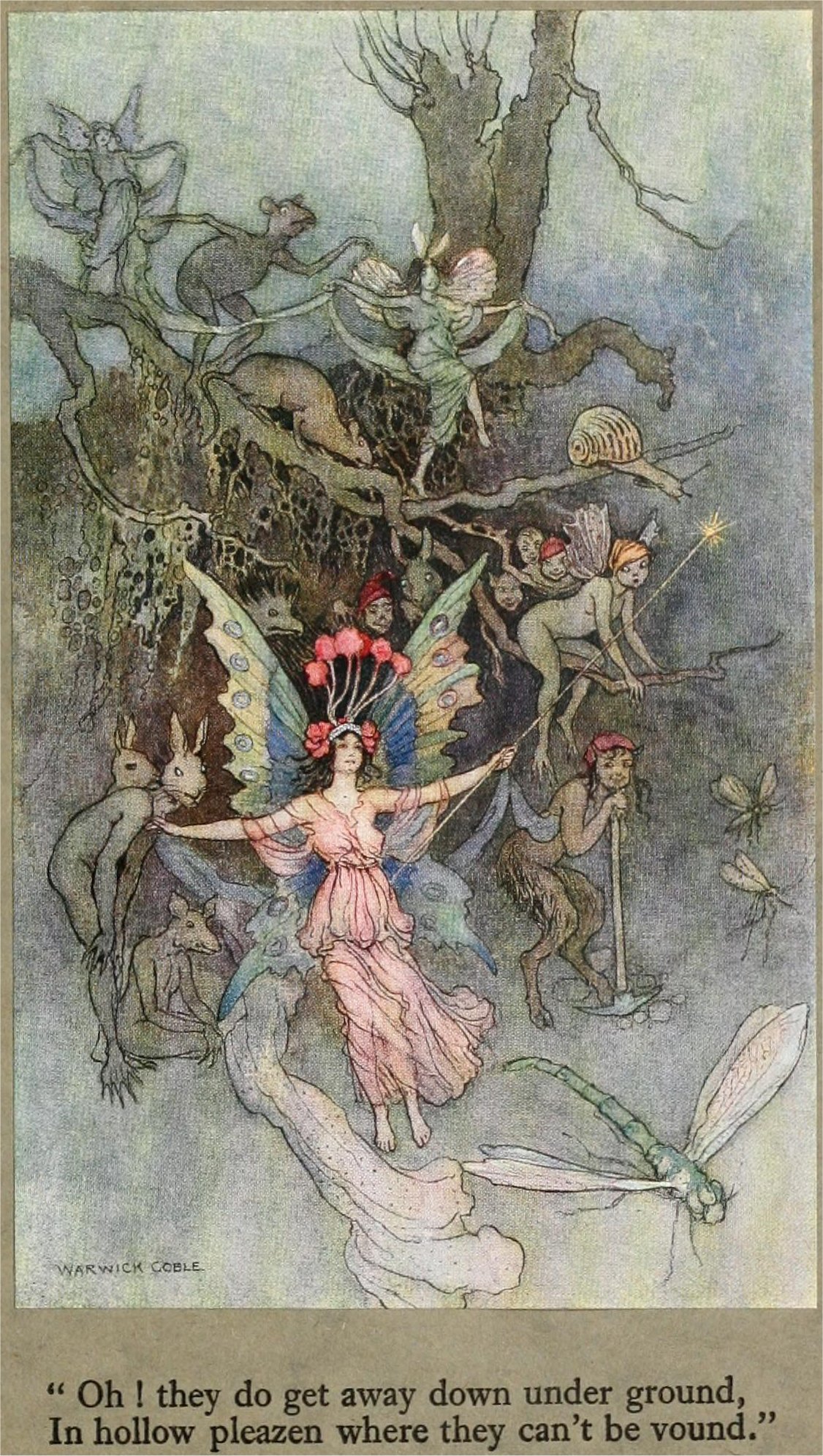
Excerpt from:
The Sea Fairies by Alfred Lord Tennyson (1809-1892)
Slow sail the weary mariners and saw,
Betwixt the green brink and the running foam.
Sweet faces, rounded arms, and bosoms prest
To little harps of gold; and while they mused
Whispering to each other half in fear,
Shrill music reached them on the middle sea.
Whither away, whither away, whither away? fly no more.
Whither away from the high green field, and the
happy blossoming shore?
Day and night to the billow the fountain calls: Down shower the gambolling waterfalls
From wandering over the lea:
Out of the live-green heart of the dells
They freshen the silvery-crimson shells. And thick with white bells the clover-hill swells
High over the full-toned sea: O hither, come hither and furl your sails…..Alfred Tennyson (1830).
Retrieved October 7, 2022 Sea Fairies and other poems by Alfred Tennyson. https://ia800206.us.archive.org/2/items/seafairiesotherp00tenn/seafairiesotherp00tenn.pdf

Illustrations by Henry Justice Ford
https://commons.wikimedia.org/wiki/Category:Henry_Justice_Ford
Warwick Goble. Constantinople.
https://www.gutenberg.org/cache/epub/39620/pg39620-images.html
“The Sea Fairies” by Alfred Lord Tennyson (1809-1892)
“Slow sail’d the weary mariners and saw,
Betwixt the green brink and the running foam,
Sweet faces, rounded arms, and bosoms prest
To little harps of gold ; and while they mused.
Whispering to each other half in fear,
Shrill music reach’d them on the middle sea.”
Whither away, whither away, whither away ? fly no more.
Whither away from the high green field, and the happy blossoming shore ? Day and night to the billow the fountain calls
Down shower the gambolling waterfalls
From wandering over the lea ; Out of the live-green heart of the dells
They freshen the silvery-crimson shells,
And thick wdth white bells the clover-hill swells
High over the full-toned sea : O hither, come hither and furl your sails,
Come hither to me and to me : Hither, come hither and frolic and play…..
Alfred Lord Tennyson, Sea Fairies, p. 135-136. In: Dora Owen, The Book of Fairy Poetry (Illustrated by Warwick Goble). Longmans Green & Co. 1920.
https://ia802705.us.archive.org/31/items/bookoffairypoetr00owen/bookoffairypoetr00owen.pdf
Wikimedia Commons
For the complete works in The Green Fairy Book Edited by Andrew Lang (1844-1912) and illustrated by Henry Justice Ford (1860-1941) please open the link to Project 1892. Longmans, Green, & Co. 1892.
Retrieved Internet Archive. https://ia802705.us.archive.org/27/items/greenfairybook01langgoog/greenfairybook01langgoog.pdf
Gutenberg below. https://www.gutenberg.org/files/7277/7277-h/7277-h.htm
Excerpt from The Fairies’ Song by Anonymous
We dance on hills above the wind.
And leave our footsteps there behind;
Which shall to after ages last,
When all our dancing days are past.
Sometimes we dance upon the shore,
To whistling winds and seas that roar;
Then we make the wind to blow,
And set the seas a dancing too.
The thunder’s noise is our delight,
And lightening makes us day by night;
And in the air we dance on high,
To the loud music of the sky…….
-Anonymous (17th Century)
Retrieved October 11, 2022
https://en.wikisource.org/wiki/The_Fairies%27_Song
Courtesy Internet Archive
https://ia902705.us.archive.org/31/items/bookoffairypoetr00owen/bookoffairypoetr00owen.pdf
-1943)
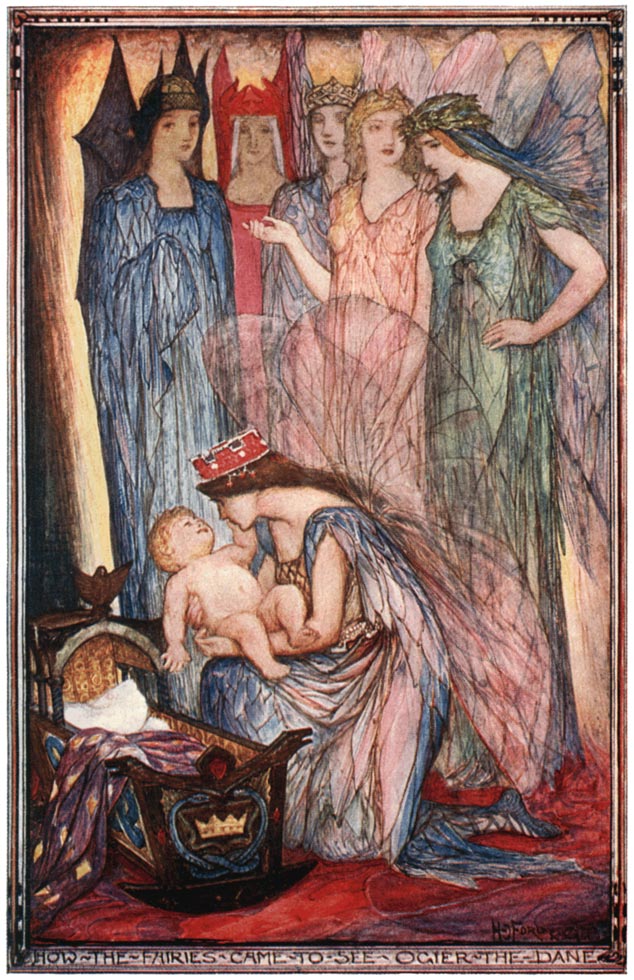
For the complete Red Romance stories retold by Andrew Lang and illustrated by Henry Justice Ford, please open the link below for the Project Gutenberg version.
https://www.gutenberg.org/files/24624/24624-h/24624-h.htm
Lullaby for a Fair Queen (from A Midsummer Night’s Dream by William Shakespeare, 1564-1616).
You spotted snakes with double tongue,
Thorny hedge-hogs be not seen;
Newts, and blind-worms, do no wrong.
Come not near our fairy queen.
Philomel, with melody
Sing in our sweet lullaby;
Lulla, lulla, lullaby; lulla, lulla, lullaby.
Never harm
Nor spell nor charm,
Come our lovely lady nigh;
So, good night, with lullaby.
Weaving spiders, come not here;
Hence, you long-legg’d spinners, hence!
Beetles black, approach not near;
Worm nor snail, do no offense.
Philomel, with melody
Sing in our sweet lullaby;
Lulla, lulla, lullaby; lulla, lulla, lullaby.
Never harm,
Nor spell nor charm,
Come our lovely lady nigh;
So, good night, with lullaby. (Act II, Scene ii, lines 10-25).
A.L. Rowse (1978) The annotated Shakespeare (Volume I, The Comedies). Clarkson N. Potter Inc.
*************************************************************************************
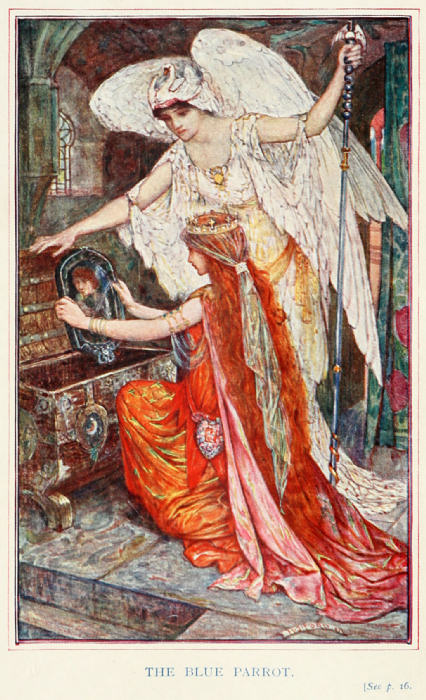
About the Artist Henry Justice Ford
Henry Justice Ford (1860–1941) was a prolific and successful English artist and illustrator, active from 1886 through to the late 1920s. He was one of the great artists of the “Golden Age of Illustrations.” His beautiful art work made the narratives come alive for children, youth, and adults. His art continues to enchant and inspire.
For more information please open the links below.https://www.oldbookillustrations.com/artists/ford-henry-justice/page/2/ https://commons.wikimedia.org/wiki/Category:Henry_Justice_Ford
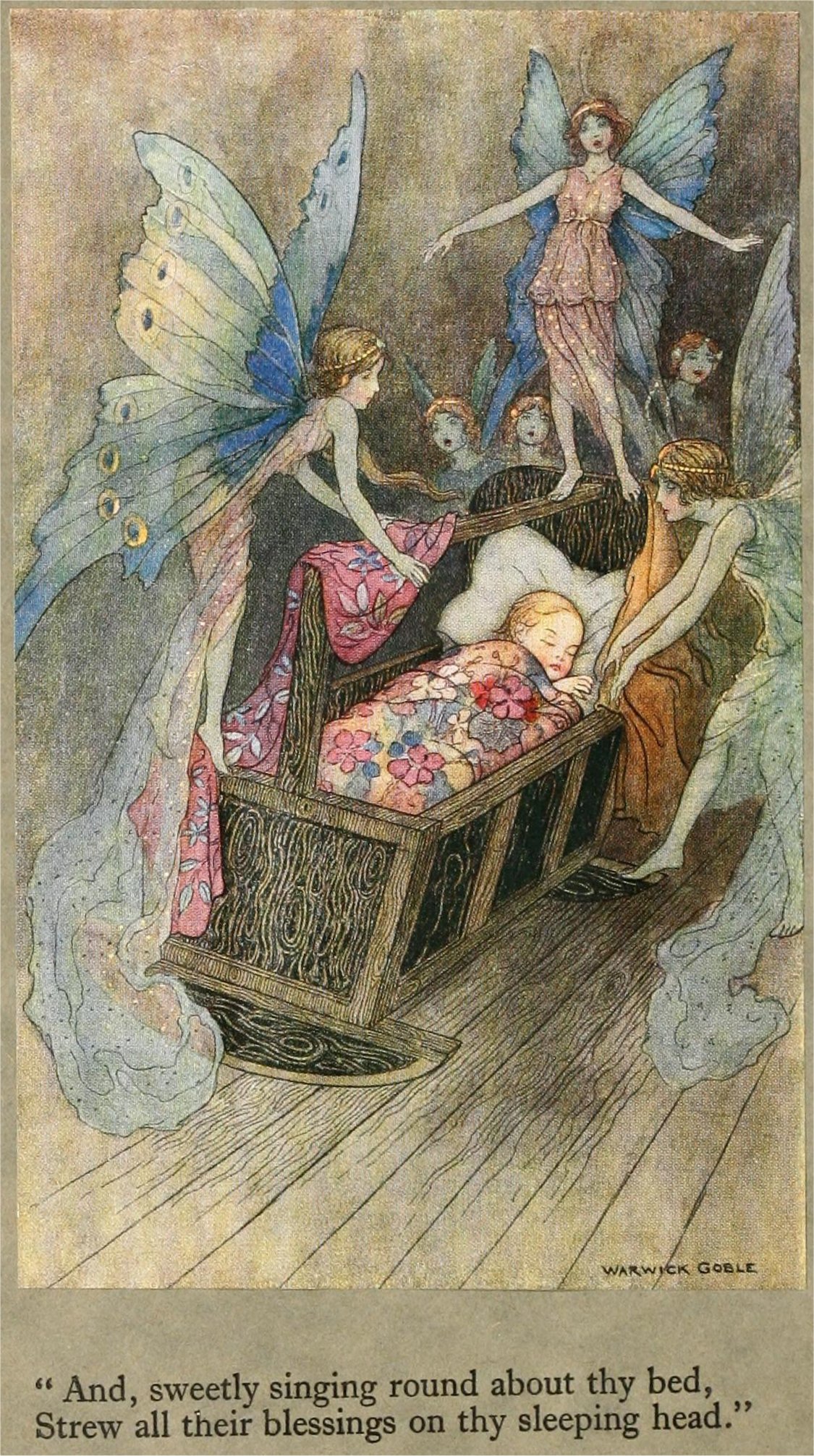
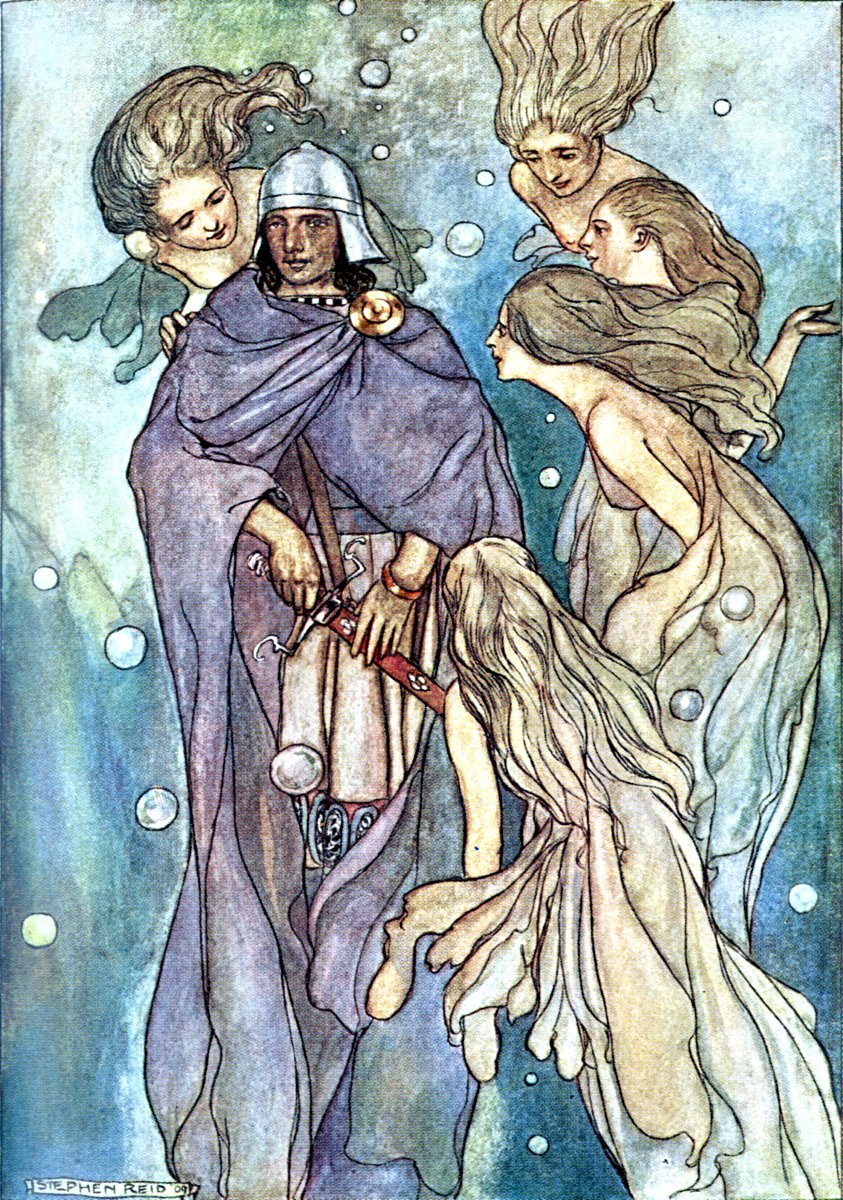
Fairies on the Sea-shore
First Fairy:
My home and haunt are in every leaf Whose life is a summer day bright and brief
I live in the depths of the tulip’s bower,
I wear a wreath of the cistus flower,
I drink the dew of the blue harebell,
I know the breath of the violet well.
The white and the azure violet
***
But I know not which is the sweetest yet,
I have kiss’d the cheek of the rose,
I have watch’d the lily unclose.
My silver mine is the almond tree.
Who will come dwell with flower and me (Owen. p.121).
Book of Fairy Poems by Dora Owen.
https://ia902705.us.archive.org/31/items/bookoffairypoetr00owen/bookoffairypoetr00owen.pdf
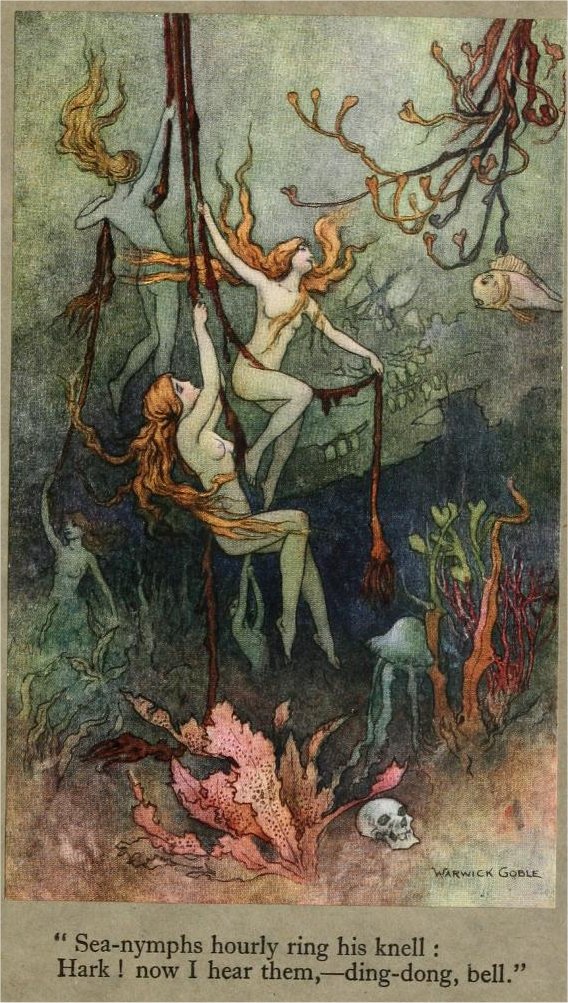
Description:
“Sea-nymphs dangling on rope, sounding the knell with Seaweed, fish, jellyfish in the water, and a skull at bottom.” (Retrieved March 27, 2023. https://commons.wikimedia.org/wiki/Category:Illustrations_from_%27The_Book_of_Fairy_Poetry%27_by_Warwick_Goble#/media/File:Goble-Book_of_Fairy_Poetry092Ariels-song.jpg)
Beautiful Illustration by Warwick Goble: https://commons.wikimedia.org/wiki/Category:Illustrations_by_Warwick_Goble
“The Honey-Robbers” by Walter De La Mare (1873-1956)
There were two Fairies, Gimmul and Mel,
Loved Earth Man’s honey passing well
Oft at the hives of his tame bees
They would their sugary thirst appease.
When even began to darken to night.
They would hie along in the fading light.
With elf-locked hair and scarlet lips.
And small stone knives to slit the skeps.
So softly not a bee inside
Should hear the woven straw divide.
And then with sly and greedy thumbs
Would rifle the sweet honeycombs.
And drowsily drone to drone would say,
” A cold, cold wind blows in this way ; “
And the great Queen would turn her head
From face to face, astonished,
And, though her maids with comb and brush
Would comb and soothe and whisper, ” Hush ! ”
About the hive would shrilly go
A keening—keening, to and fro ;
At which those robbers ‘neath the tree
Would taunt and mock the honey-bees,
And through their sticky teeth would buzz
Just as an angry hornet does.
And when this Gimmul and this Mel,
Had munched and sucked and swilled their fill
Or ever Man’s first cock could crow
Back to their Faerie Mounds they’d go.
Edging across the twilight air.
Thieves of a guise remotely fair.
Retrieved March 27, 2023 A Book of Fairy Poems (compiled by Dora Owen). https://ia902705.us.archive.org/31/items/bookoffairypoetr00owen/bookoffairypoetr00owen.pdf
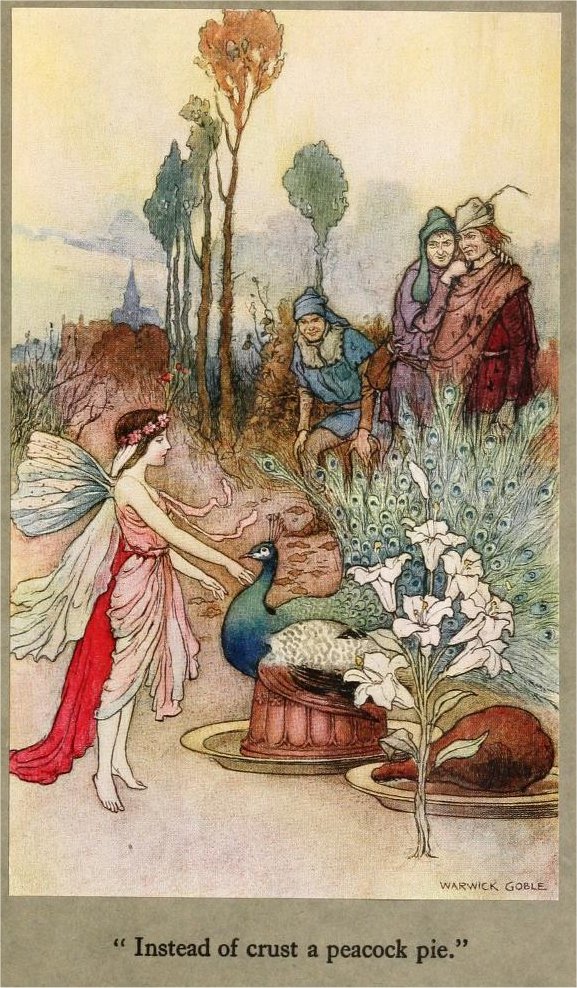
https://ia802705.us.archive.org/31/items/bookoffairypoetr00owen/bookoffairypoetr00owen.pdf
Internet Archive Link: https://archive.org/details/bookoffairypoetr00owen/page/n3/mode/2up
By Dora Owens (1865-1938). The Book of Fairy Poetry, Goble, Warwick (illustr.), Longmans, Green and Co., 1920, Public Domain, https://commons.wikimedia.org/w/index.php?curid=95558405
For more information about the writer and Folklorist Dora Owen, please open the link below.
https://desturmobed.blogspot.com/2012/01/dora-owen.html

